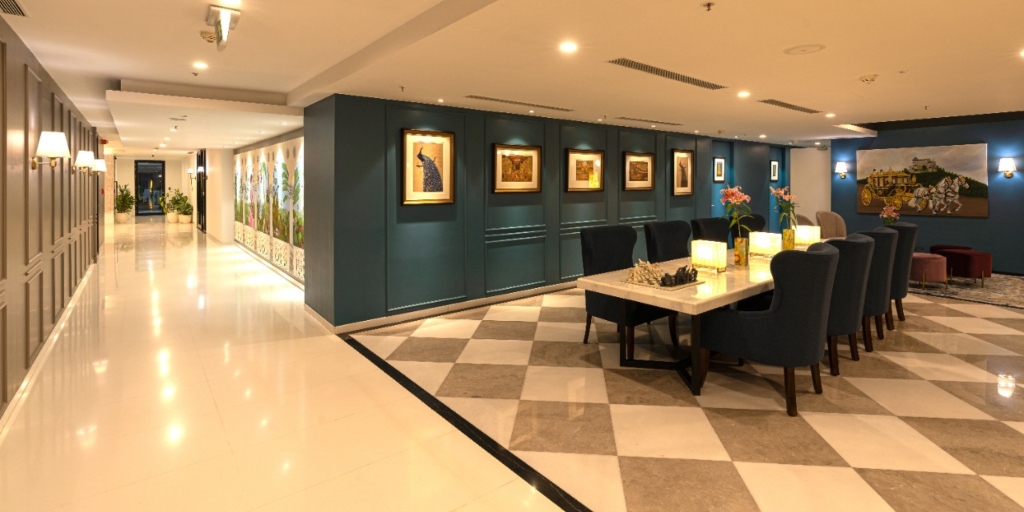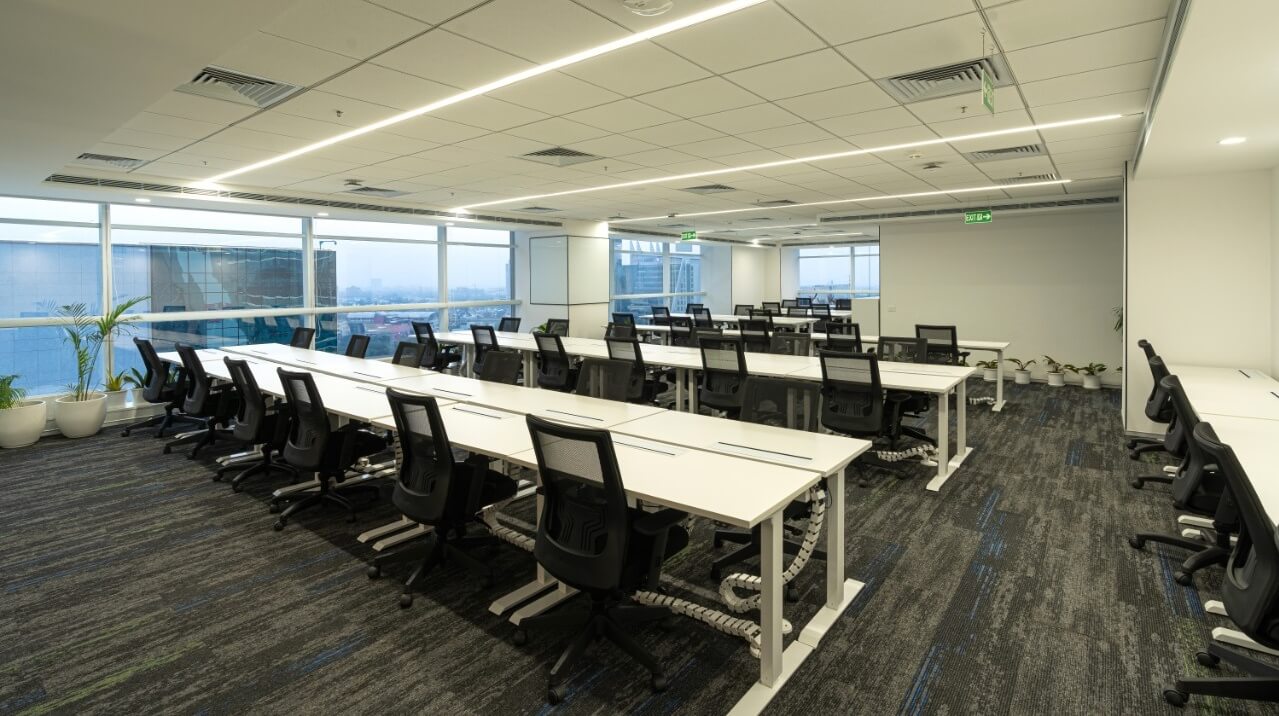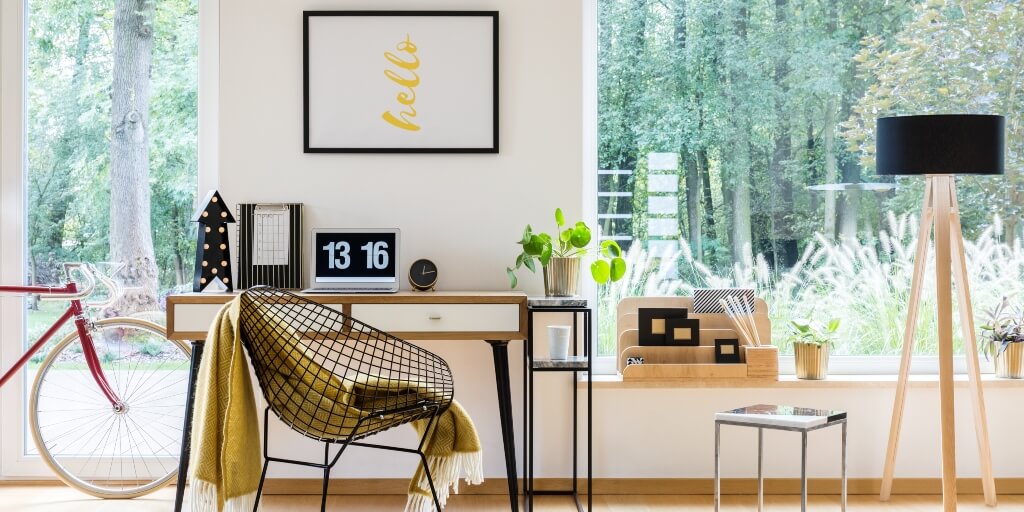As Indian cities breathe back to life after the choking conditions of the pandemic, we can observe routines returning to a state of normalcy. We can see the workforce returning to offices as economic recovery prevails in some of the biggest cities of India which includes Delhi, Mumbai, Hyderabad, Chennai, Bangalore and Kolkata. We believe a wave of transformation is bound to be seen among the workspaces as businesses and offices reopen.
Mobility in Delhi and in Kolkata is relatively higher at 36% and 34% below normal according to Google community mobility reports. Workplace mobility in Chennai, Mumbai and Pune remained at about half the levels seen in normal times.
As several companies are in the process of a gradual return to offices, let’s look at some trends which are here to stay after the pandemic and quite possibly will redefine our workspaces.
SOCIALLY DISTANCED SPACES
The first and foremost priority of companies is to ensure the safety of their employees thus, mandating the need for flexible and open spaces. Like Skootr, many companies responded to the pandemic by following concepts similar to ‘Six is the Fix’ to ensure security and safety. Since open spaces are proved to increase efficiency, productivity and collaboration, we can expect more workspaces adopting the concept of flexible collaborative spaces.
RETHINKING TECHNOLOGY
The pandemic has accelerated the technological advancements in offices. According to a technology firm IDC, Indian companies with above 500 employees, shipments of laptops increased 106% in the June-ended quarter when employees started returning to offices. The use of AI will increase drastically to maintain safety guidelines and to increase the functionality of office operations. According to a Garnter survey, more than 50% of companies currently use AI to increase productivity and efficiency.
The use of Automation tools is also growing in the industry to increase the functionality and efficiency of workspaces. For the successful transition of employees, Skootr introduced SkootrOne app in 2020. A single platform which offers a plethora of value-added services and office management features to optimize your time and effort.
RESTRUCTURING SPACES
With a recent study revealing that 88 per cent of the workforce prefers flexibility, companies are now downsizing their workspaces and leasing it to other businesses.
With Skootr’s Reverse Office model, companies can now seamlessly restructure their offices while saving on costs. This will give many organisations the freedom to effectively utilise their workspace.
Our Country Head, Mr Rajat Johar believes,
“Indian managed office spaces are turning over a new leaf with these new trends”.
With this, we can expect Indian cities to reimagine workspaces and the approach we will adopt after Covid-19 yet again.
RESTORING COMPANY CULTURE
While company leaders are focusing on new working models as employees return to offices, company culture is bound to take a seat back. COVID-19 has undoubtedly affected company culture and employee engagement as connecting over video conferencing apps wasn’t the same as brainstorming or indulging in in-person conversations around the workplace.
Managers need to listen and discover the cracks where communication is being affected. Break rooms are also specifically designed to strengthen company culture and values.
INCREASED FOCUS ON FACILITY MANAGEMENT
In future, heightened focus on facility management of buildings which will help to maximize the efficiency of all components of the building and workspace such as productivity, efficiency, air quality etc. will yield better results.
The investment in these buildings will be incrementally more but the result will see better productivity, lower attrition and better performance all around.
As employers around the world experiment with bringing their employees back to offices, the leadership must act now to ensure that when they return, workplaces are both productive and safe. A well-planned return to offices can use this moment to reinvent their role and create a better experience for talent, improve collaboration and productivity, and reduce costs.





